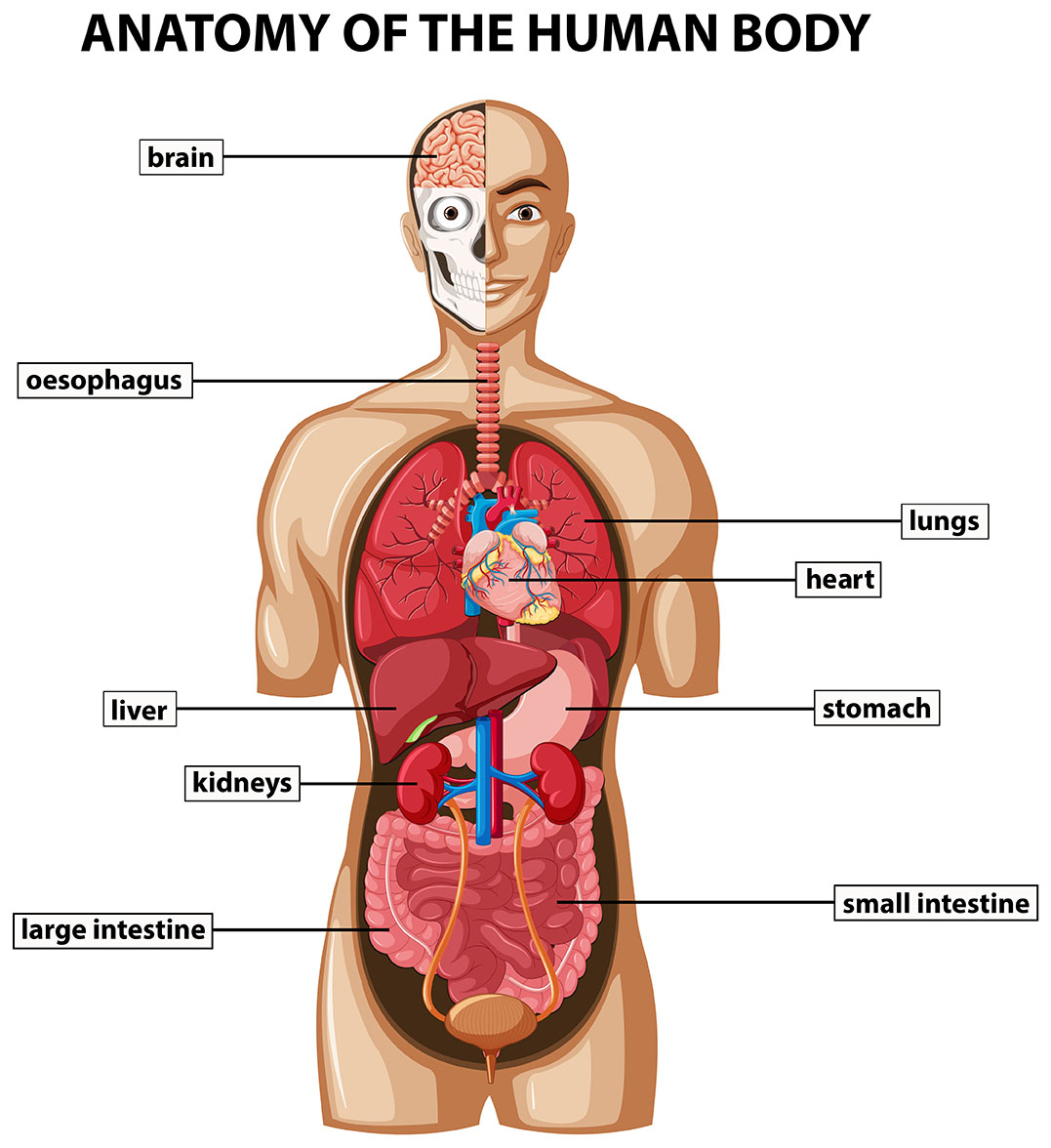
< Back
stomach
Definition
In anatomy, the stomach is a muscular sac that is located in the upper abdomen. It is responsible for storing food and breaking it down into smaller pieces so that it can be absorbed by the small intestine.
The stomach is divided into three main parts: the fundus, the body, and the antrum. The fundus is the upper, dome-shaped part of the stomach. The body is the middle part of the stomach. The antrum is the lower, narrower part of the stomach.
The stomach lining is made up of a special type of tissue called the mucosa. The mucosa secretes gastric juices, which contain acids and enzymes that help to break down food.
The stomach also has muscles that help to mix the food and juices together. This process is called churning.
After the food is churned, it is released into the small intestine.
The stomach is an important part of the digestive system. It helps to break down food so that it can be absorbed by the small intestine and used by the body for energy and nutrients.
How can the word be used?
The surgeon cut open the patient's stomach.

Different forms of the word
Noun: stomach (plural: stomachs).
Adjective: stomachic.
Verb: to stomach.
Etymology
The word "stomach" comes from the Latin word "stomachus", which means "gullet" or "belly". It was first used in English in the 13th century.
The word "stomachic" means "good for the stomach".
The word "to stomach" means "to tolerate or endure something unpleasant".
Question
What breaks down food in your stomach?
AQA Science Exam Question and Answer
Question:
Explain the role of the stomach in the digestive system and the process of chemical digestion that occurs within it. Discuss the importance of gastric juices and the role of enzymes in breaking down food components.
Answer:
The stomach is a crucial organ in the digestive system, responsible for further breaking down ingested food and initiating chemical digestion. As food enters the stomach, it undergoes mechanical churning and mixing facilitated by muscular contractions. Simultaneously, the stomach's lining releases gastric juices, which contain hydrochloric acid (HCl) and enzymes like pepsin.
Gastric juices serve multiple purposes. Hydrochloric acid creates an acidic environment that helps denature proteins, aiding in their breakdown. Pepsin, an enzyme activated by the acidic pH, plays a pivotal role in breaking down proteins into smaller peptides. This process, known as proteolysis, prepares proteins for further digestion in the small intestine.
The stomach's acidic conditions also assist in the destruction of harmful microorganisms present in ingested food. Furthermore, the mechanical mixing action of the stomach helps to combine the food with gastric juices, forming a semi-liquid mixture called chyme.
Overall, the stomach's chemical digestion, facilitated by the synergistic action of gastric juices and enzymes, is a crucial initial step in breaking down ingested food components. This prepares the food for absorption and further processing in the small intestine, contributing to the efficient extraction of nutrients necessary for our body's energy and growth.